The White House ups the odds of a government shutdown by demanding Democrats fund Trump's border wall

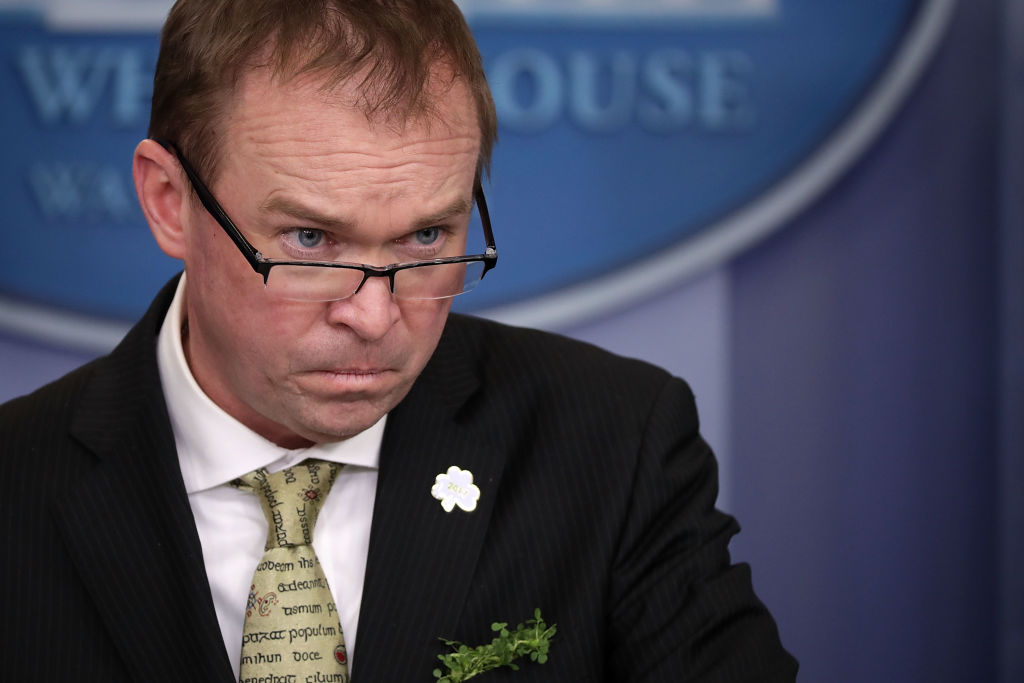
Calm and quiet negotiations aren't everyone's cup of tea. Congress has until April 28 to pass a stopgap spending bill to avoid a government shutdown, and Republicans and Democrats on the House and Senate appropriations committees have been working with Republican leaders to negotiate a spending package. Any spending bill will need the support of at least eight Democrats in the Senate to pass. On Thursday, White House budget director Mick Mulvaney said the spending bill has to include some initial funding for President Trump's border wall with Mexico, and Democrats have to play ball.
"We have our list of priorities," Mulvaney said Thursday. "We want more money for defense. We want to build a border wall." He said the White House would be open to throwing some money at Democratic priorities, too — mentioning paying risk-sharing subsidies to insurance companies to cover low-income health care, important to keeping ObamaCare exchanges functioning — but Democrats have to support Trump's wall and other priorities, too. He stopped short of saying Trump wouldn't sign a bill without such funding, The Washington Post reports.
Democrats expressed disappointment that the White House was elbowing its way in. "Everything had been moving smoothly until the administration moved in with a heavy hand," said Matt House, a spokesman for Senate Minority Leader Chuck Schumer (D-N.Y.). "Not only are Democrats opposed to the wall, there is significant Republican opposition as well." Mulvaney wasn't swayed, insisting Democrats agree to fund the wall. "If they tell us to pound sand, I think that's probably a disappointing indicator of where the next four years is going to go," he said
The Week
Escape your echo chamber. Get the facts behind the news, plus analysis from multiple perspectives.

Sign up for The Week's Free Newsletters
From our morning news briefing to a weekly Good News Newsletter, get the best of The Week delivered directly to your inbox.
From our morning news briefing to a weekly Good News Newsletter, get the best of The Week delivered directly to your inbox.
The cost of completing a wall along the U.S.-Mexico border ranges from $12 billion to $70 billion. During the campaign, Trump had insisted that he would somehow force Mexico to foot the costs.
A free daily email with the biggest news stories of the day – and the best features from TheWeek.com
Peter has worked as a news and culture writer and editor at The Week since the site's launch in 2008. He covers politics, world affairs, religion and cultural currents. His journalism career began as a copy editor at a financial newswire and has included editorial positions at The New York Times Magazine, Facts on File, and Oregon State University.
-
 Political cartoons for December 20
Political cartoons for December 20Cartoons Saturday’s political cartoons include drowning rats, the ACA, and more
-
 5 fairly vain cartoons about Vanity Fair’s interviews with Susie Wiles
5 fairly vain cartoons about Vanity Fair’s interviews with Susie WilesCartoon Artists take on demolition derby, alcoholic personality, and more
-
 Joanna Trollope: novelist who had a No. 1 bestseller with The Rector’s Wife
Joanna Trollope: novelist who had a No. 1 bestseller with The Rector’s WifeIn the Spotlight Trollope found fame with intelligent novels about the dramas and dilemmas of modern women
-
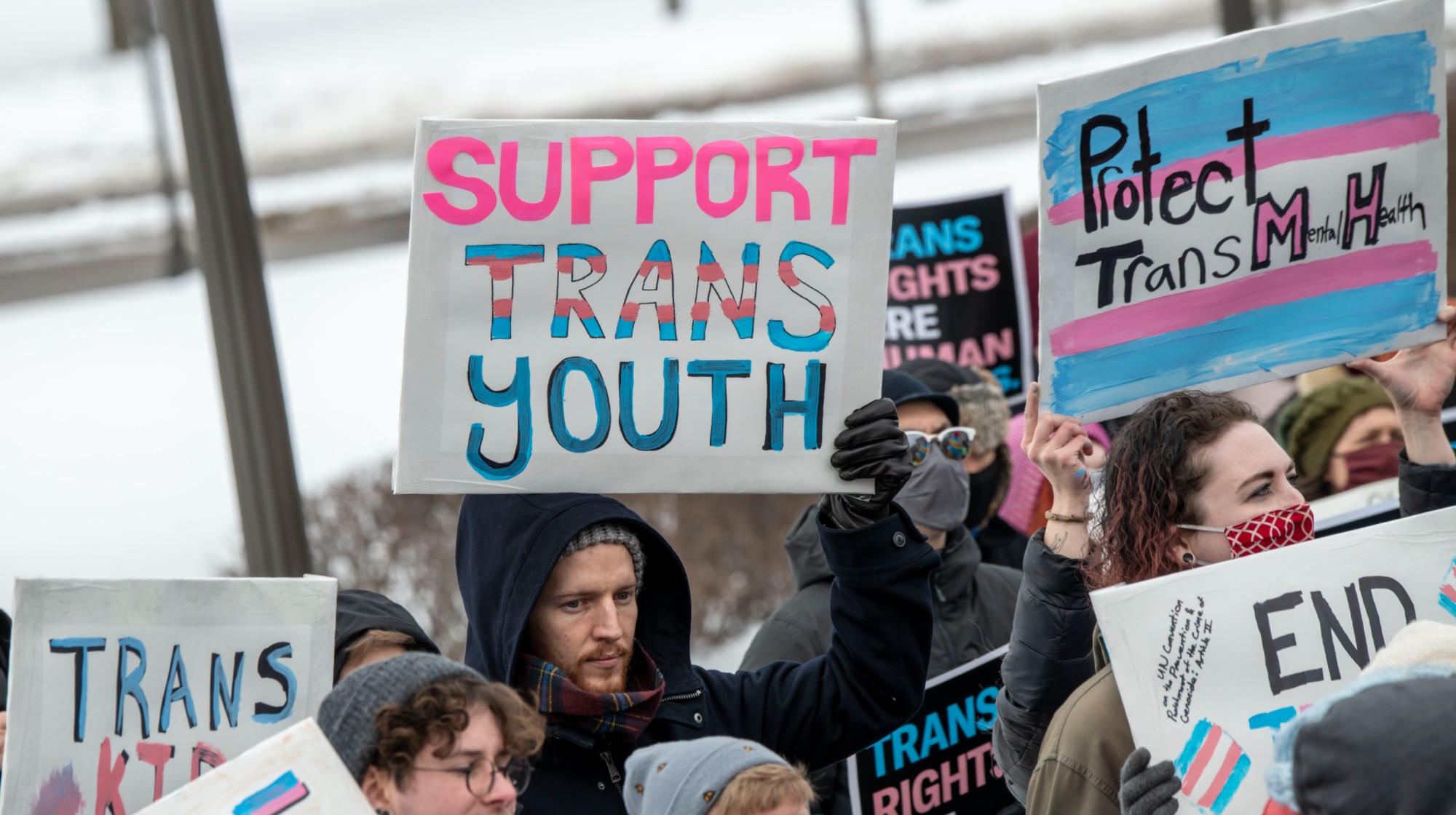 Trump HHS moves to end care for trans youth
Trump HHS moves to end care for trans youthSpeed Read The administration is making sweeping proposals that would eliminate gender-affirming care for Americans under age 18
-
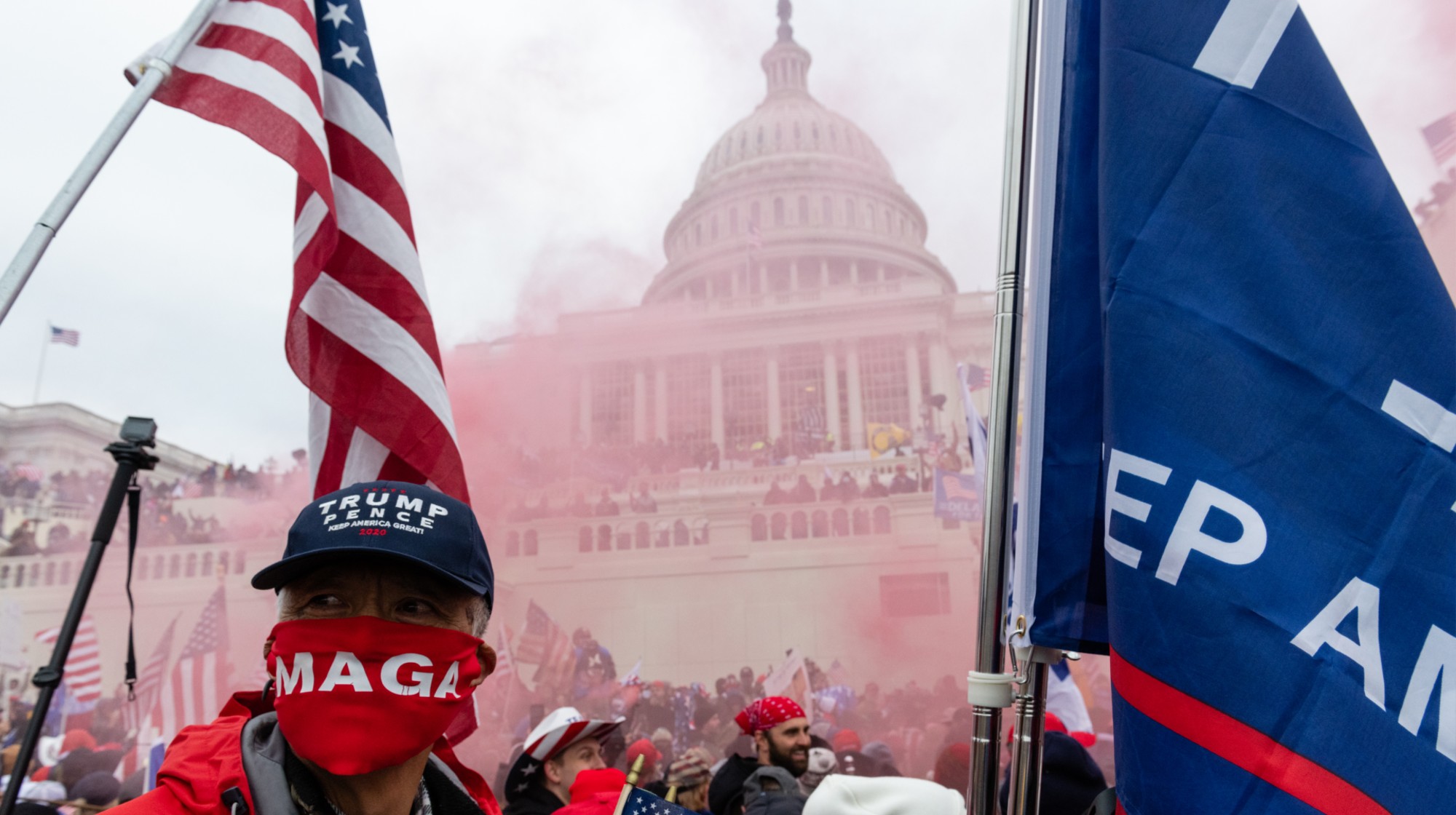 Jack Smith tells House of ‘proof’ of Trump’s crimes
Jack Smith tells House of ‘proof’ of Trump’s crimesSpeed Read President Donald Trump ‘engaged in a criminal scheme to overturn the results of the 2020 presidential election,’ hoarded classified documents and ‘repeatedly tried to obstruct justice’
-
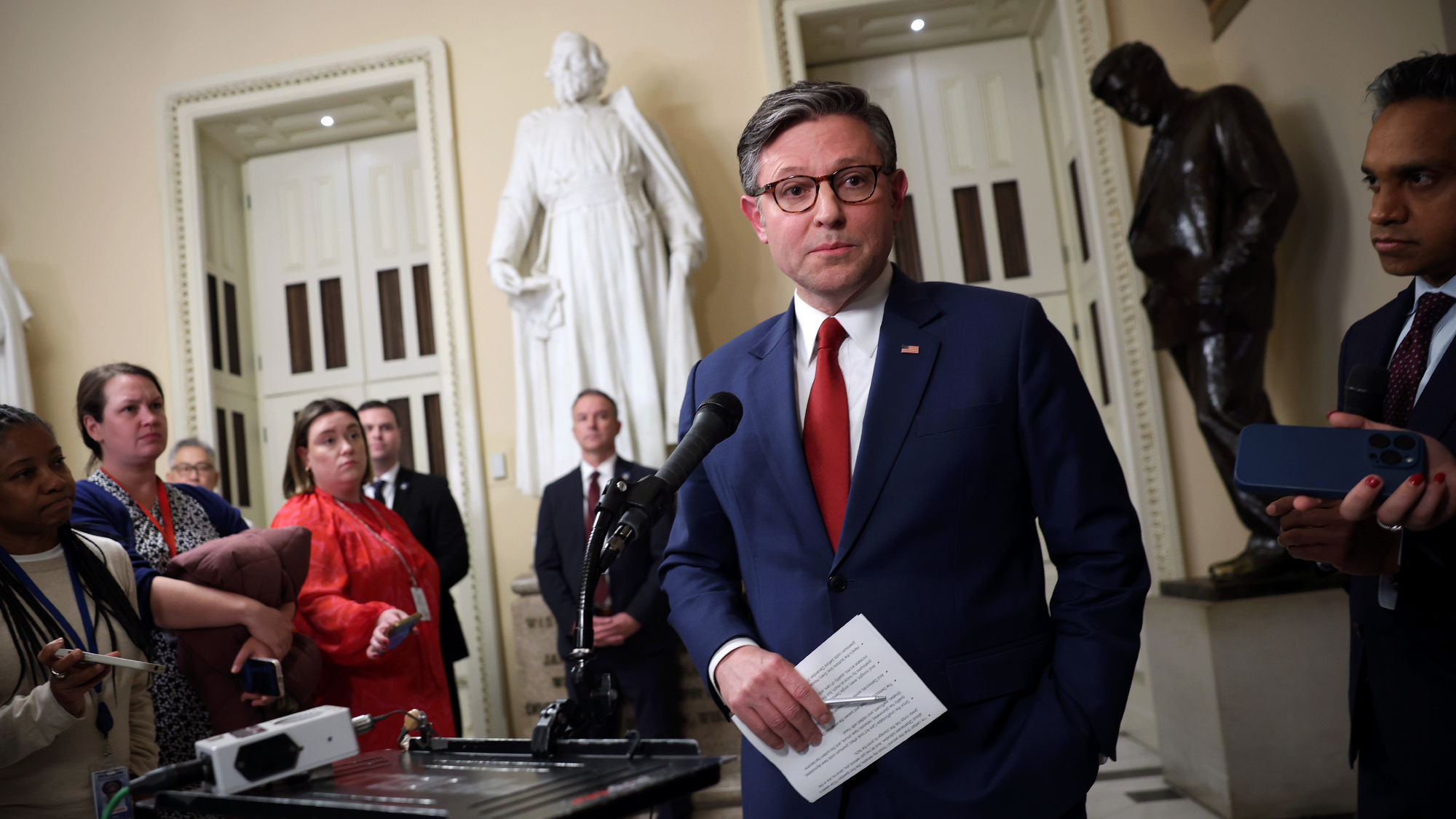 House GOP revolt forces vote on ACA subsidies
House GOP revolt forces vote on ACA subsidiesSpeed Read The new health care bill would lower some costs but not extend expiring Affordable Care Act subsidies
-
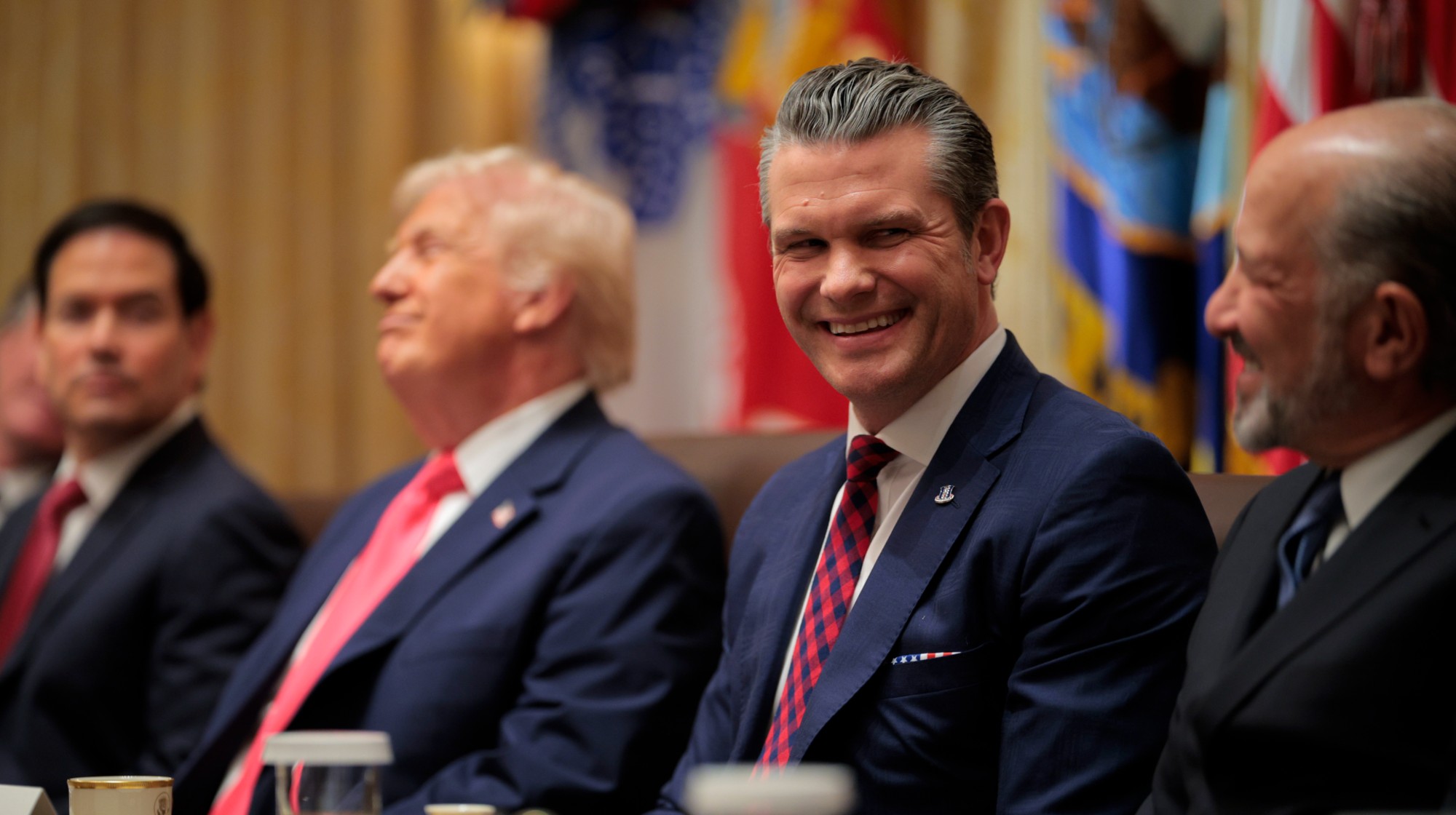 Hegseth rejects release of full boat strike footage
Hegseth rejects release of full boat strike footageSpeed Read There are calls to release video of the military killing two survivors of a Sept. 2 missile strike on an alleged drug trafficking boat
-
 Trump vows naval blockade of most Venezuelan oil
Trump vows naval blockade of most Venezuelan oilSpeed Read The announcement further escalates pressure on President Nicolás Maduro
-
 Kushner drops Trump hotel project in Serbia
Kushner drops Trump hotel project in SerbiaSpeed Read Affinity Partners pulled out of a deal to finance a Trump-branded development in Belgrade
-
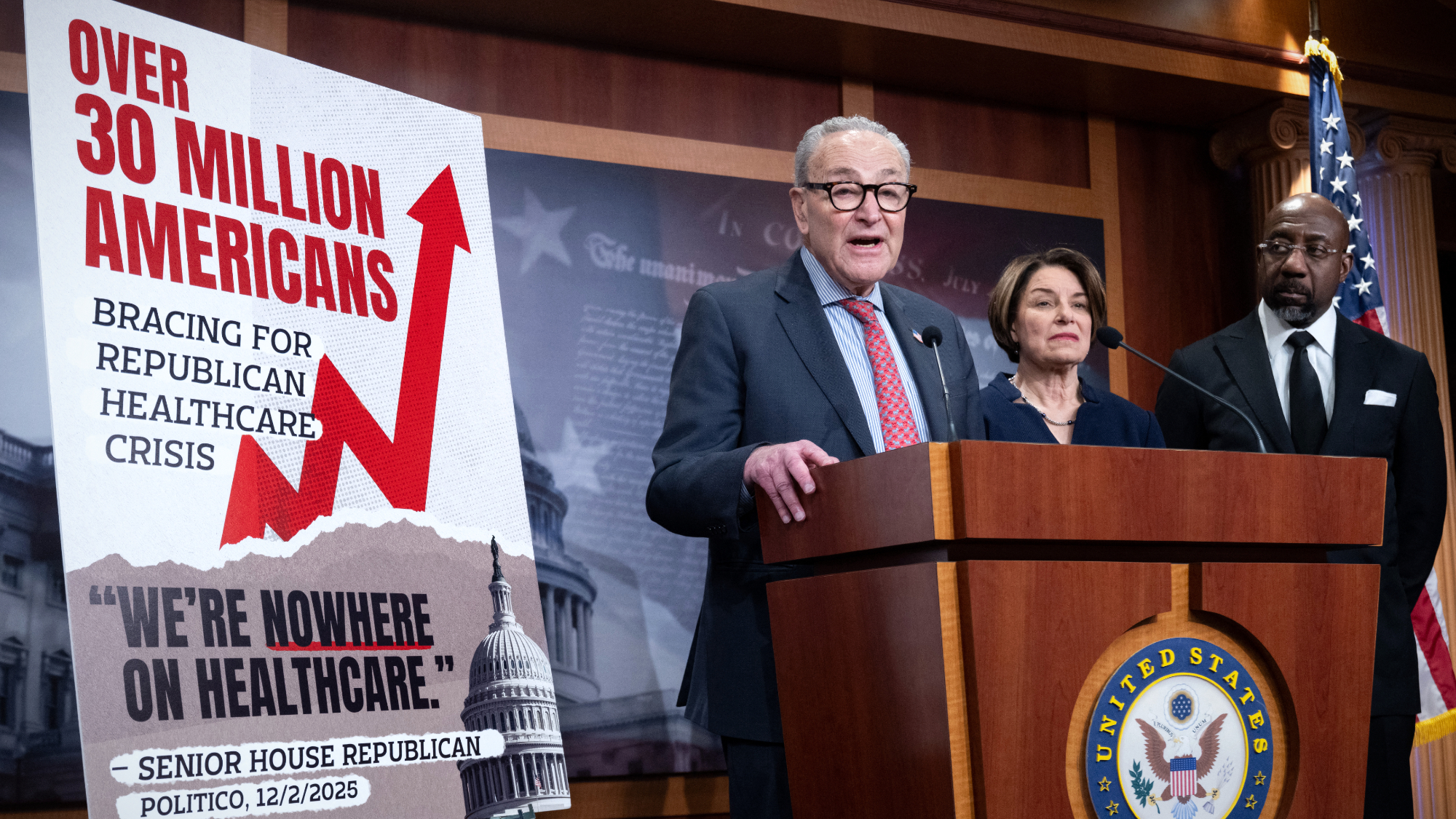 Senate votes down ACA subsidies, GOP alternative
Senate votes down ACA subsidies, GOP alternativeSpeed Read The Senate rejected the extension of Affordable Care Act tax credits, guaranteeing a steep rise in health care costs for millions of Americans
-
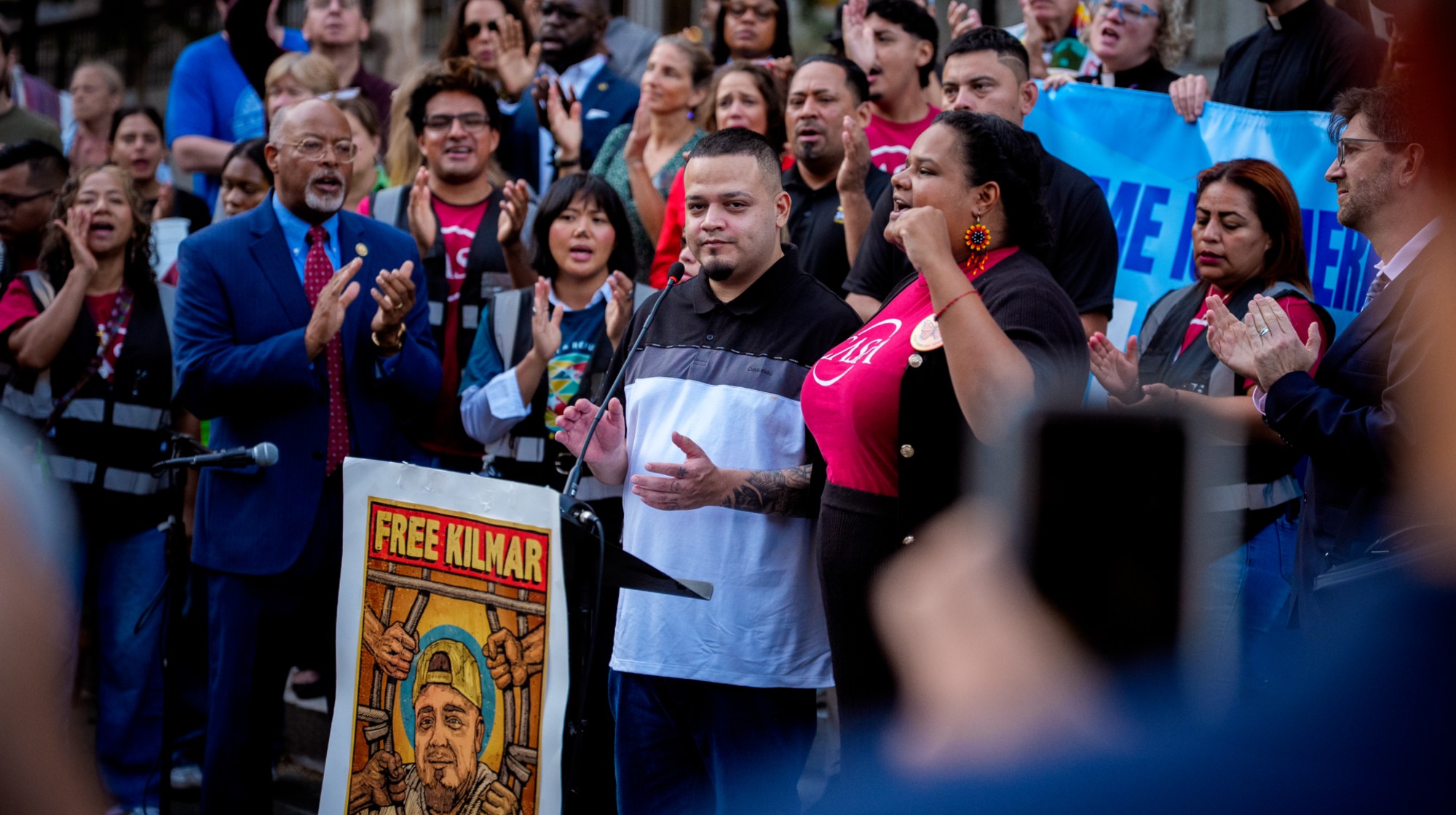 Abrego García freed from jail on judge’s order
Abrego García freed from jail on judge’s orderSpeed Read The wrongfully deported man has been released from an ICE detention center
